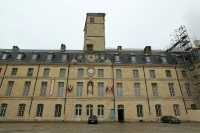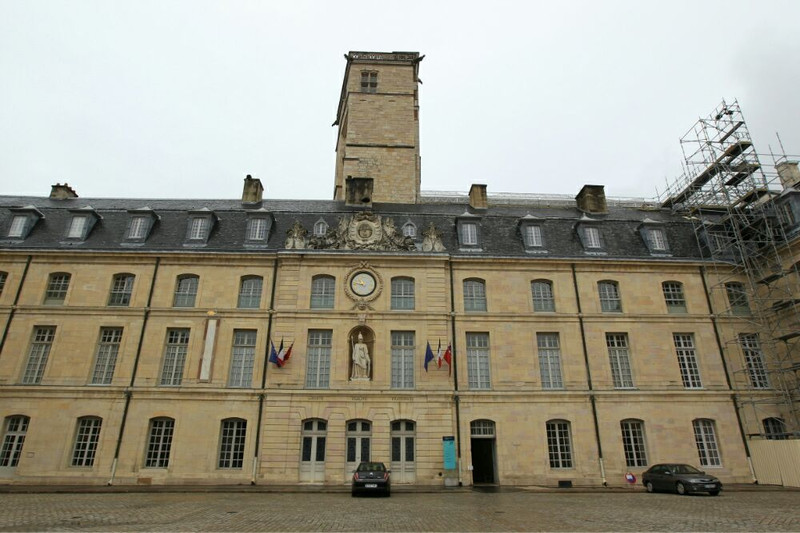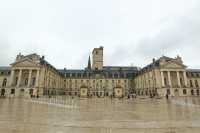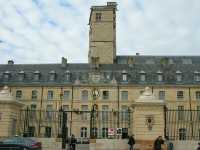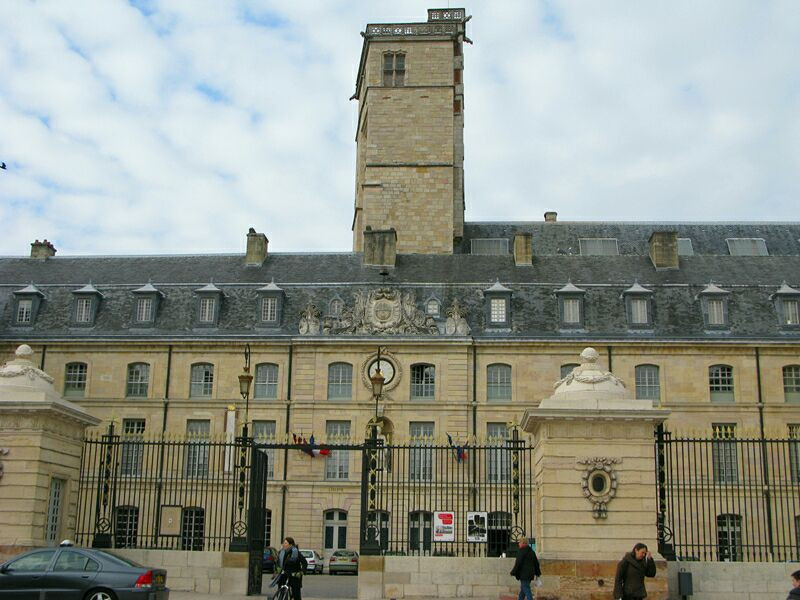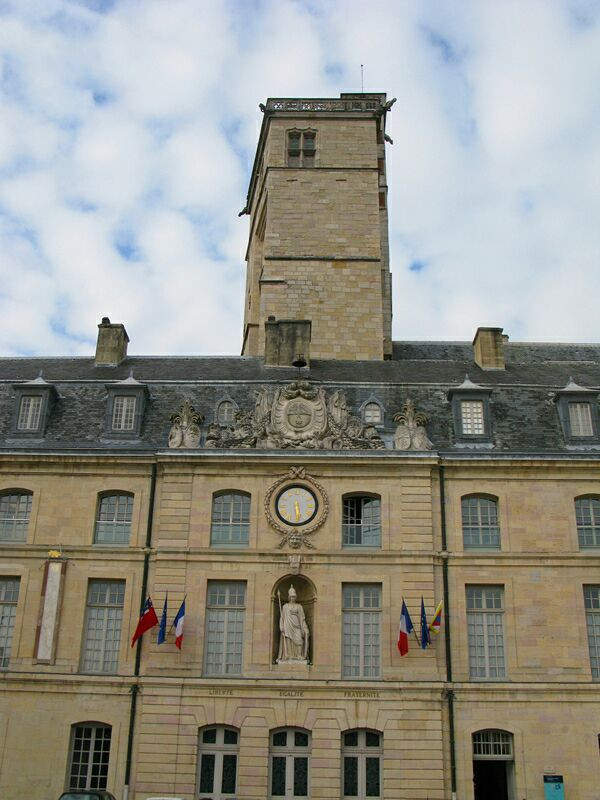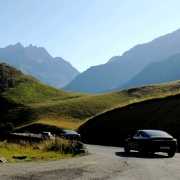This is the landmark building of Dijon. The whole Duke Palace has a very atmospheric appearance and features of the Royal Architecture in medieval Europe. The entrance to the Duke's Palace is a large square, which is also the most popular place for tourists on weekdays, because the whole Duke's Palace is photographed on the square, which is very beautiful and atmospheric.
;
Palace of the Dukes and States of Burgundy Review
4.4 /546 Reviews






5/5
Palace of the Dukes and States of Burgundy
Posted: Dec 18, 2018

1 person liked this
Like
Recommended Attractions at Popular Destinations
Bangkok attraction near me | Tokyo attraction near me | Manila attraction near me | Hong Kong attraction near me | Taipei attraction near me | Seoul attraction near me | Los Angeles attraction near me | New York attraction near me | Shanghai attraction near me | Kuala Lumpur attraction near me | Shenzhen attraction near me | Osaka attraction near me | Singapore attraction near me | London attraction near me | Guangzhou attraction near me | San Francisco attraction near me | Beijing attraction near me | Macau attraction near me | Bali attraction near me | Paris attraction near me | Ho Chi Minh City attraction near me | Orlando attraction near me | Jakarta attraction near me | Chicago attraction near me | Phuket attraction near me | Toronto attraction near me | Istanbul attraction near me | Dallas attraction near me | Cebu attraction near me | Seattle attraction near me
Popular Attractions
Pingjiang Road | Gulong Gorge | Polynesian Spa | Paradise Valley Springs | Penida Island | Dajhu Lake Waterbird Refuge | Takeshita St | Chen Clan Ancestral Hall | Genting Highlands | The Hanging Church | Buccanos Grill & Beach Club Cozumel | Hells Gate | Studio Arte Morettin | Xuesong Village (Yuhu Village) | Paramhans Dham Ashram(Manav Utthan Sewa Samiti) | Sunkulamma Temple | Nanjing Yangtze River Bridge | Yuhuatai | Qixia Mountain | Sidheswar Temple | Kunstmühle Müllnern | Big Branch Marsh National Wildlife Refuge | Masjid Nurul Mujtahidah | Mangrove mountain dam | Palo Seco | Amberlee Four Star Family Holidays | Bisley Park | Mountain View Park | Ba Hoa Mountain | New Zealand Farm
Payment Methods
Our Partners
Copyright © 2024 Trip.com Travel Singapore Pte. Ltd. All rights reserved
Site Operator: Trip.com Travel Singapore Pte. Ltd.
Site Operator: Trip.com Travel Singapore Pte. Ltd.
